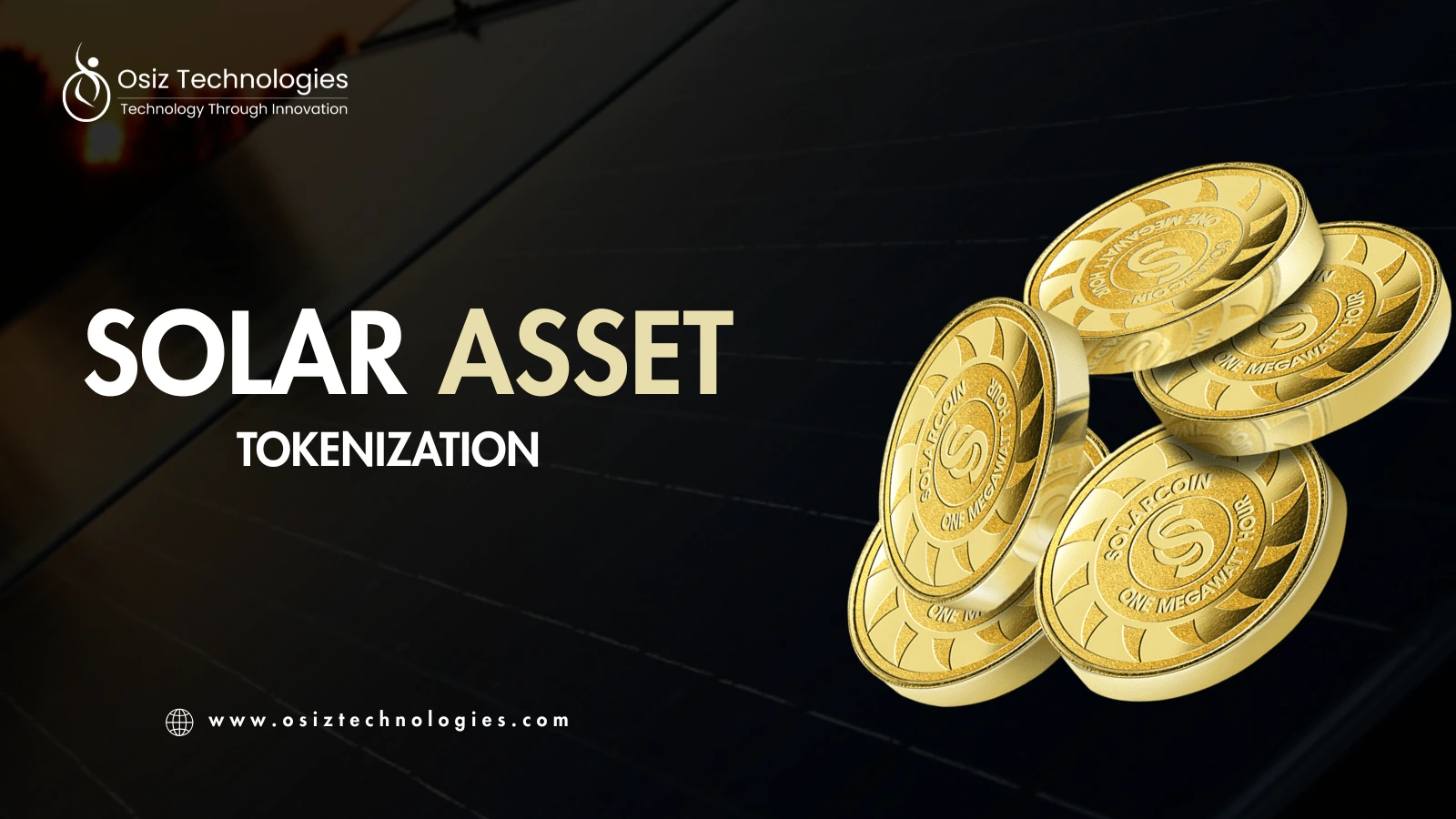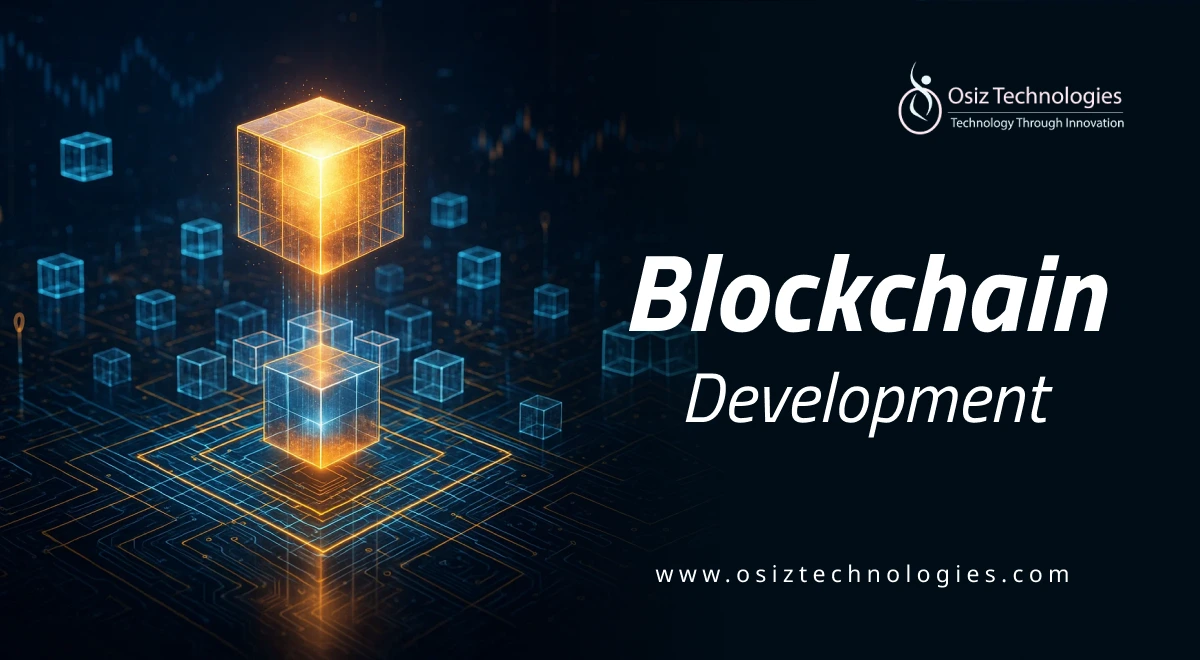Solar asset tokenization helps investors own a piece of solar projects. A smarter, blockchain-based way to fund and support clean energy.
Solar Asset Tokenization
Turning solar project rights into digital tokens on a blockchain is what we call solar asset tokenization. Each token stands for a bit of a real solar thing like a panel, farm, or the energy it makes.
This makes it easy for people or companies to put money into clean energy without owning the stuff it needs. This idea is catching on because it lets more people get in, see clear facts, and move their money around better in the clean energy field.
Investors can buy, sell, or swap tokens all over the world, often at lower costs and with fewer people in the middle. As we move to sustainable energy, making tokens out of solar assets helps more people join in, speeds up money for green projects, and tracks energy output and earnings live.
How Solar Asset Tokenization Works
Identify the Solar Asset
A real solar job, such as a big solar farm, top of a house gear, or a unit that makes power, is picked out. This item has a worth that can be measured by how much power it makes and future cash it.
Valuation & Legal Setup
The item's full worth is checked, and a law set-up is made to lay out how owning or cash share rights will be split. This makes sure each chip by law stands for a bit of the solar item.
Token Creation (Minting)
Using chain tech, new chips are made. Each chip stands for a bit of the item—like owning, cash share, or rights to the power made.
Distribution to Investors
These chips are given to money givers through a way (like a chip marketplace). Buyers can buy chips to own a part of the solar job, even if they only have a bit of cash.
Earnings & Trading
Chip owners may get cash from the solar job (like power sales) and can swap their chips on backed ways. Owning and sharing of cash are seen clear on the chain.
Main Goal of Splitting Solar Assets into Tokens:
-
Make Clean Energy Costs Low and Open to All
-
The chief aim of making solar assets into tokens is to ease and lower the cost of putting money into clean energy so that everyone, not just the rich, can join in.
-
By splitting big solar jobs into small, digital bits, people all over the world can chip in with just a little cash.
-
This lets more folks take part in the move to green power, helping them get back and gain from clean energy work.
-
It also makes cash flow faster for solar work and aids in the fight against climate change by drawing wide community support for keeping our world clean.
Benefits of Solar Asset Tokenization
For Investors
Tokenization makes it easy to put in a small bit of money into big solar jobs. It brings clear views, tracks who owns what in real time, and may let you earn more money through the energy work or the rise in token value. Plus, tokens can move all over the world, making it easy to sell them.
For Solar Developers
Makers can get cash quickly and with ease by reaching out to many investors all over the world. It cuts down the need for old ways of getting money, speeds up the start of projects, and makes a new way to make money. Smart deals also make it easy to share out profits and run projects.
For the Environment
By letting more people put their money in solar, tokenization boosts cash flow into green energy. This speeds up the start of clean power, cuts down on bad air, and helps make a future with less carbon. More projects for green power mean a better Earth for all.
Real-World Use Cases & Examples
Rooftop Solar Bonds in Europe
In places like Germany and Switzerland, blockchain sites now offer solar bonds you can buy. People put a little bit of money into rooftop solar setups and get money back based on the power made. This way of paying for solar is fast and clear, not like the old ways.
Community Solar Projects in Africa and Asia
In Africa and Southeast Asia, tokenizing helps pay for solar grids for small towns far off the main grid. Backers get digital bits that stand for a part of future money made, and people living there get clean power at a low cost. This fills the power lack and helps everyone grow together.
Tokenized Ownership of Solar Panels
Some places let people buy tokens tied to certain solar panels. Each token gives the owner some of the power or money from the panel. You can see how well it’s doing and what you earn straight away on blockchain screens.
Green Energy Trading Platforms
Sites run by blockchain let folks trade solar power they make but don’t need. If you have extra solar power, you can turn it into tokens and sell it right to others in the system. This sets up a shared, slick power market.
Key Technologies & Token Standards Used
Blockchain Networks
Solar asset tokenization uses blockchain tech that supports smart deals and token release. Well-liked options are:
Ethereum: The most used choice, with strong tools and many developers.
Polygon: A scalable Layer 2 model made on Ethereum, perfect for cheap energy deals.
BSC (Binance Smart Chain): It has quick process and small fees, good for many people to join.
Solana & Aptos: Both are famous for fast, low-delay work that fits energy trade sites.
Token Standards
ERC-20:
This is the most used type for tokens that are the same. It is used when each token has the same worth (for example, parts in a solar project).
ERC-721:
This type is for unique tokens where each one stands for a different solar item (like a certain panel or spot).
ERC-1155:
This type works for both same and unique tokens—good for mixed solar item groups.
ERC-1400:
Made for safety tokens, this type has rules like who can buy, checks on who you are, and sharing profits—great for solar investments that must follow rules.
Future of Solar Tokenization in Green Finance
The future of turning solar power into tokens holds great promise in changing how the world pays for clean energy. As more people use blockchain, we might see sun power tokens become key in green money matters. These tokens can make funding for clean energy projects quick, clear, and open to all. They will let people, not just big groups, put money into clean energy, helping the world meet climate aims while also giving a way to earn money without much work.
As a leading token development company, Osiz supports this shift by building blockchain-powered token systems tailored for green finance. Soon, we might see sun tokens mixed with carbon credit markets, smart power networks, and DeFi setups. This mix would allow for payments that happen on their own, trading energy, and tracking climate effects. Governments and big companies might also use tokens from sun power setups to meet their ESG aims and rules for reporting on sustainability. In the end, turning sun power into tokens could be key in making a power system that is run by communities, where everyone has a fair chance to own and use clean energy.
Listen To The Article
Recent Blogs

Black Friday 30%
Offer










